Top Photo: Late flowering boneset blooms in late summer to early fall.
It’s early fall and many creatures and plants are prepping for the cooler, leaner months ahead.
A walk around the museum’s outdoor loop always brings a surprise or two. Here’s a handful of subjects you might encounter out there during early fall.
Late boneset (Eupatorium serotinum) blooms in August through October. Common boneset (Eupatorium perfoliatum), or just plain boneset, blooms a bit earlier in the season. The biggest difference between the two bonesets is that common boneset has perfoliate leaves, the leaves have no stem or petiole. The leaf bases of two opposite leaves meet at the stalk of the plant and form a union around it.
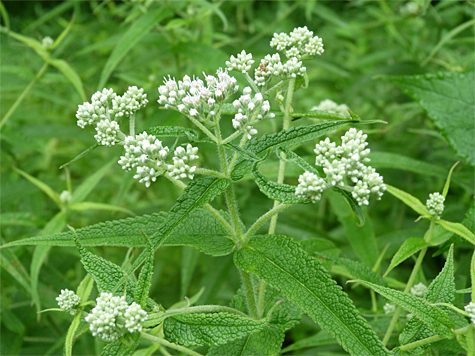
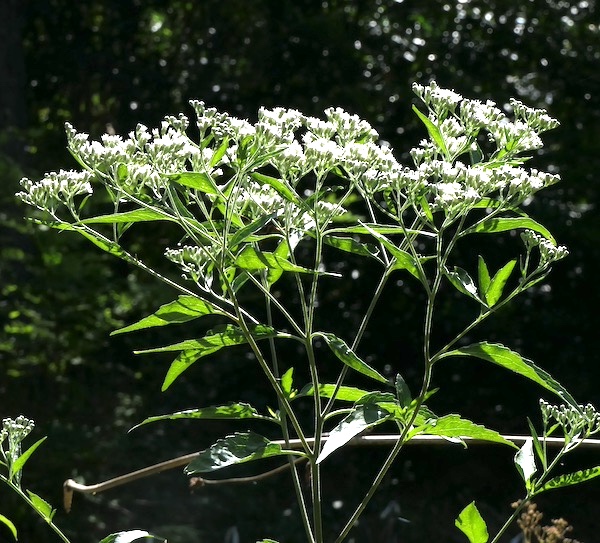
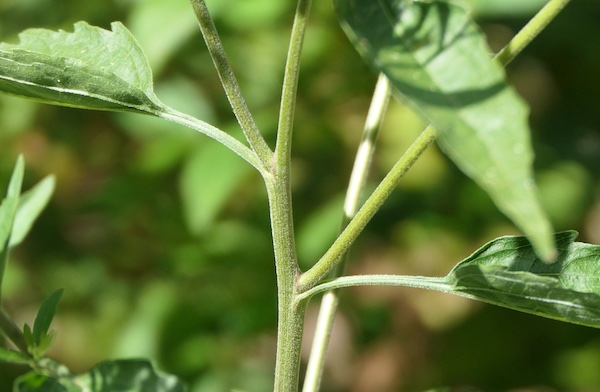
Bald face hornets build large paper hives. The population of these nests reach their peak at this time of year at about 400 individuals, on average. If you see one of these hives, wonder at it but don’t poke at it. The occupants will come out with bad intent for whatever it was that disturbed their work.
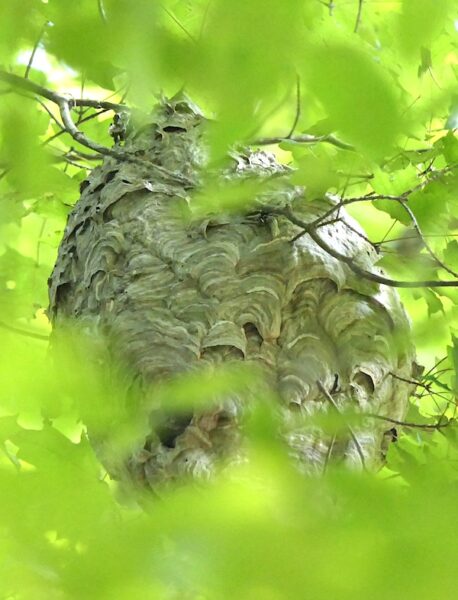
A black moth with an orange neck might be a grapeleaf skeletonizer, a yellow-collared scape moth, or perhaps a Virginia ctenucha (ten-OOCH-ah). Pictured here is a grapeleaf skeletonizer (Harrisina americana).
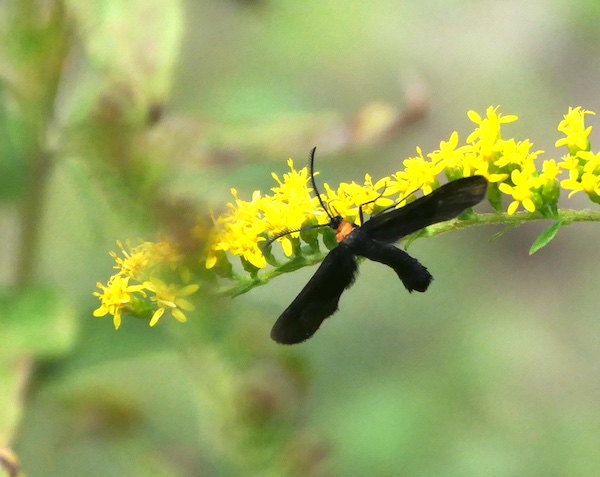
The larvae of the moth, or caterpillar, does the damage to the grape leaves.
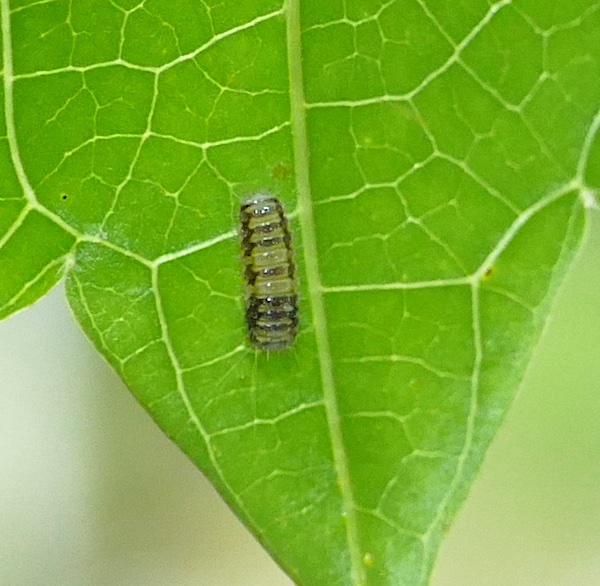
Strawberry bush, or bursting heart is an understory native.

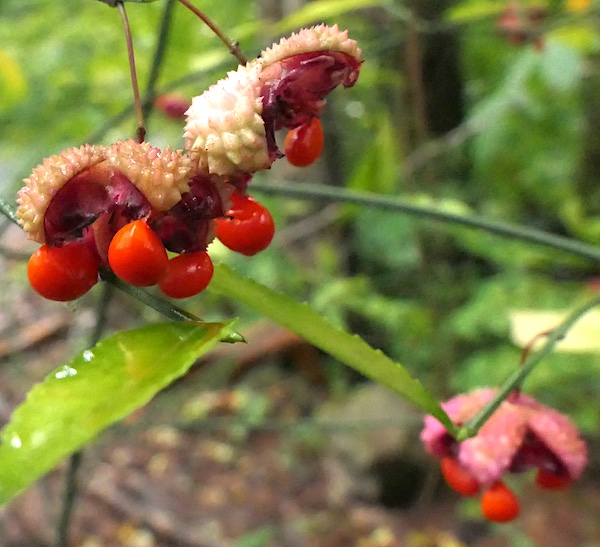
As I walked through Wander Away in Catch the Wind, a migrant hummingbird stopped in briefly at some of the still in bloom spider flowers.
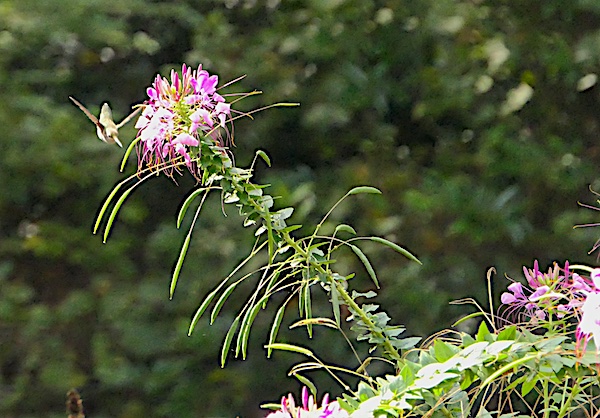
I often find silvery checkerspots near crown’s beard in the vicinity of water.
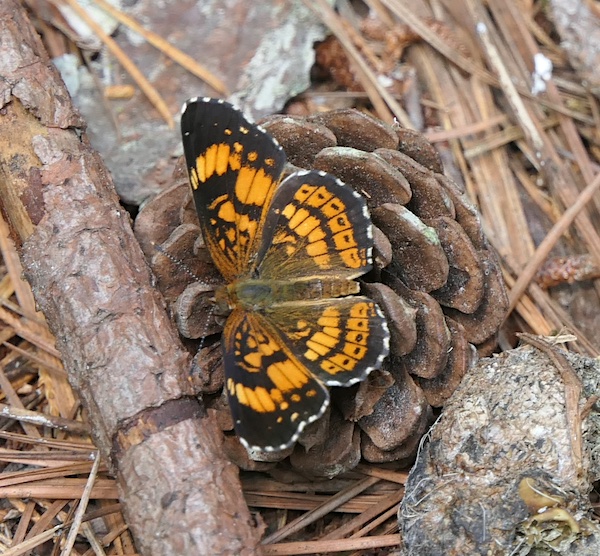
Caterpillars are moving about the landscape looking to find suitable overwintering or pupation sites
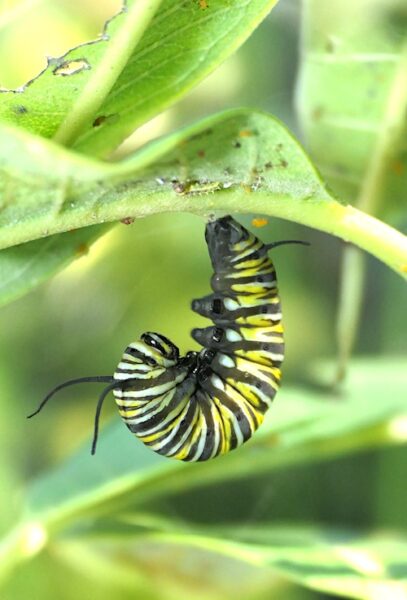
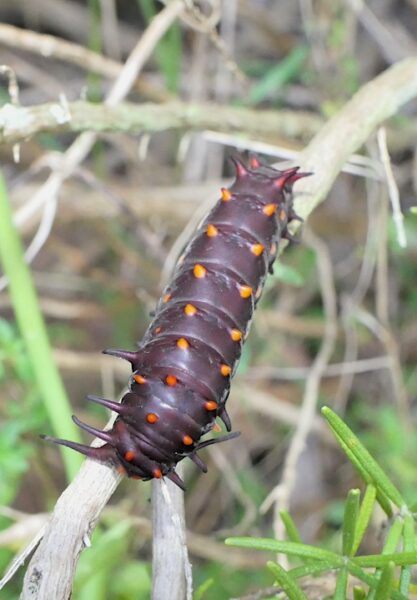
Tersa moth caterpillar (spotted by Guest Relations Asst. Mgr. Mary) was briefly detained to pose for a photo while on the way to a yet-to-be-determined leaf liter wintering site.
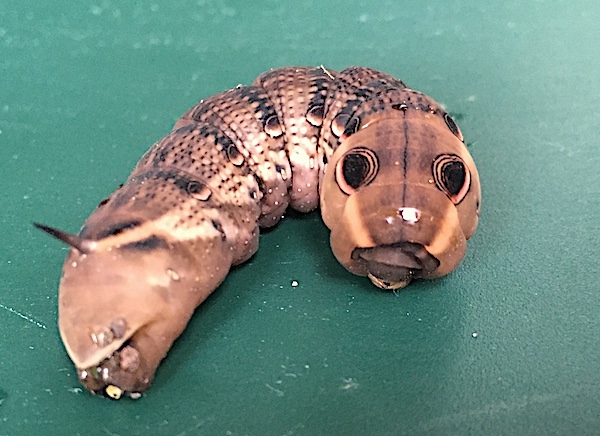
An eastern musk turtle out on a trek. This turtle (below) is not long out of the egg. It’s one of a handful of species that live in our wetlands here at the museum, yellow-bellied slider, red-eared slider, eastern painted turtle, common snapping turtle, and eastern musk turtle, the smallest of the group.
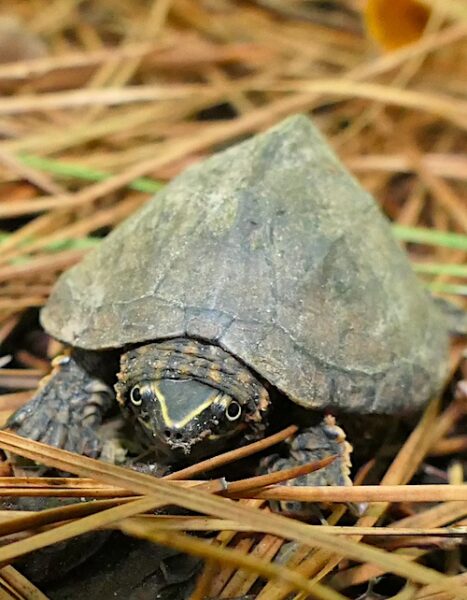
This turtle was spotted by one of our rangers in the well-meaning care of one of our guests. As a reminder, if you see a young turtle, or adult, crossing the path it’s best to simply leave the turtle to its own devices. Look at it, wonder at it, but leave it be. it’s probably headed somewhere very important to its wellbeing. Turtles have been successfully moving about the landscape for at least 260 million years and are still doing quite well.
Get out there and see what you can find!